The most striking types: how movie heroes have changed over a hundred years (27 photos)
“Of all the arts, cinema is the most important for us,” grandfather Lenin bequeathed. But cinema has made significant progress over the last hundred years. Let's see how the classic types of characters in feature films have changed. 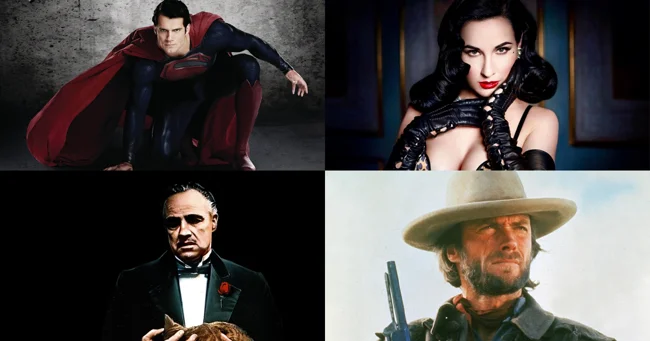
Femme fatale
This femme fatale was the standard of beauty in the 1920s: invariably thin, sometimes even painfully thin, with thin eyebrows and bright lips. Most often it appeared in the first horror films, but later migrated to noir. Her skin is aristocratically snow-white, and when she walks, she sways her hips imposingly. 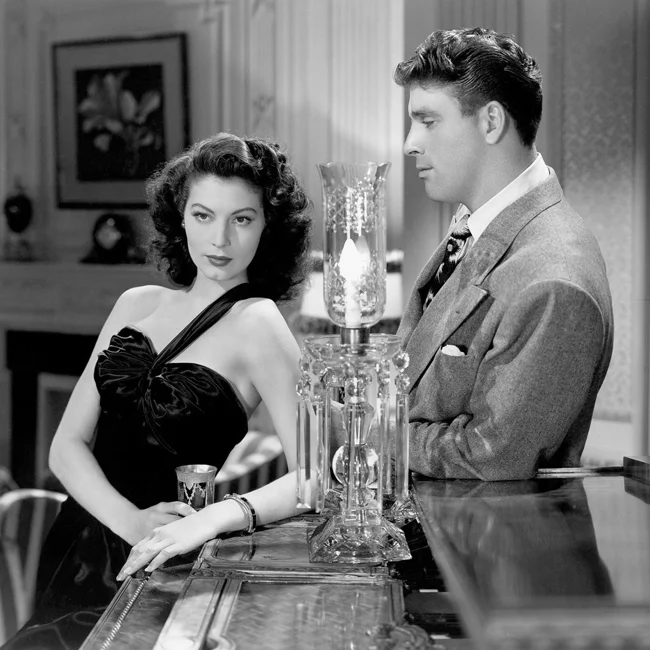
It was precisely these heroines that the directors of cult noir liked to show in their films. Still, the femme fatale, as a rule, is connected with crime, and very closely. Well, or she is the embodiment of vice and passion, while the main character is a highly moral person. 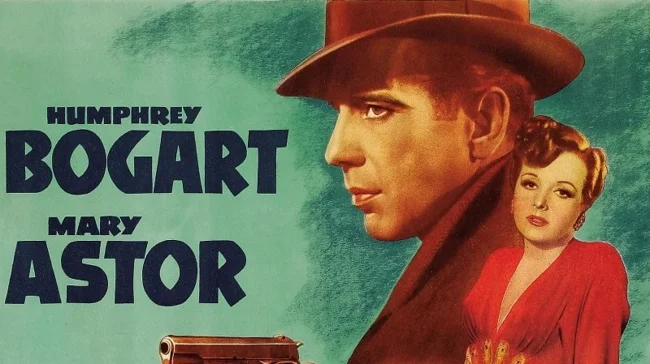
It's interesting that these "bad girls" end up just being strong heroines. If earlier they caused a man to fall into the clutches of vice, now they are more likely beauties with a strong-willed character independent of men. 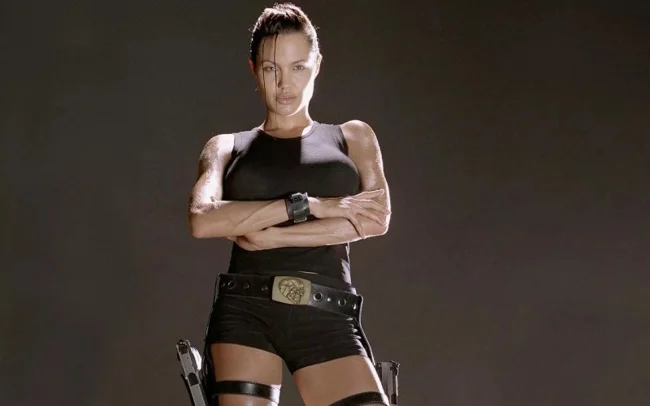
It is also interesting that now femme fatales do not necessarily carry a negative connotation. “Yes, I’m strong, yes, I may be associated with crime, but damn it, I’m doing my job!” such heroines say. 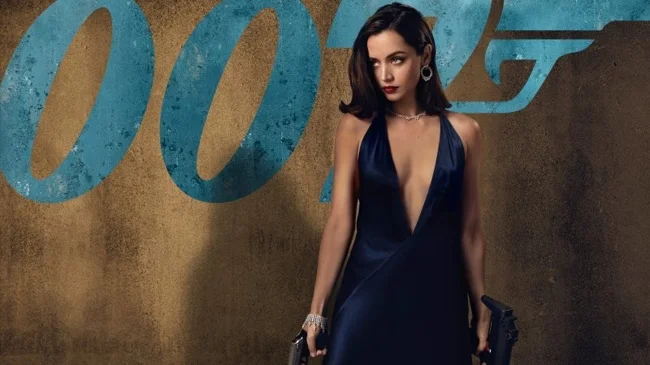
Plus, now these women do not quite correspond to the original parameters that were put into them in the 20s. These ladies can be curvy, not necessarily white-skinned and with bright makeup. Even Dita von Thys, the queen of burlesque, has curvy figures, although she uses bright makeup and hairstyles in the style of noir heroines. 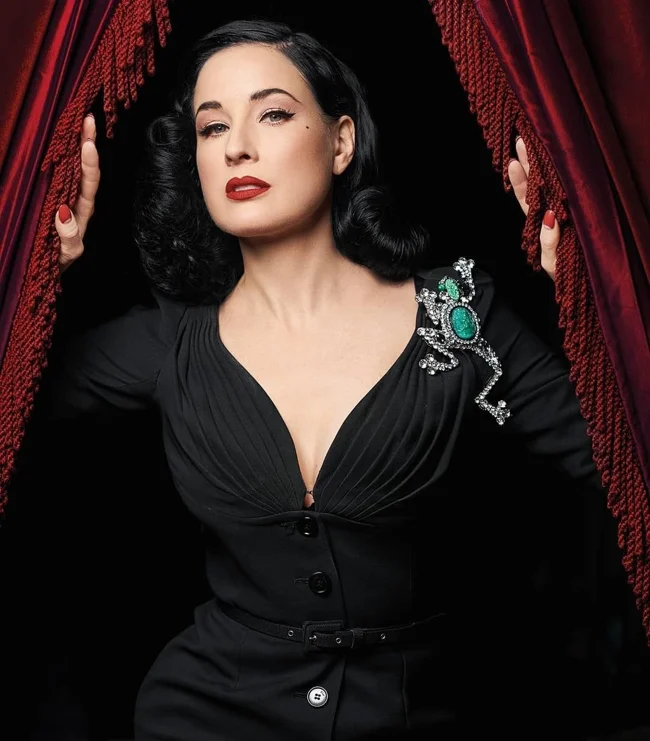
Padrino
This is the archetype of the boss of a criminal structure, usually the head of the Italian mafiosi. Crime, in principle, has its own specific place in cinema: these include mafiosi, bootleggers, and drug lords. 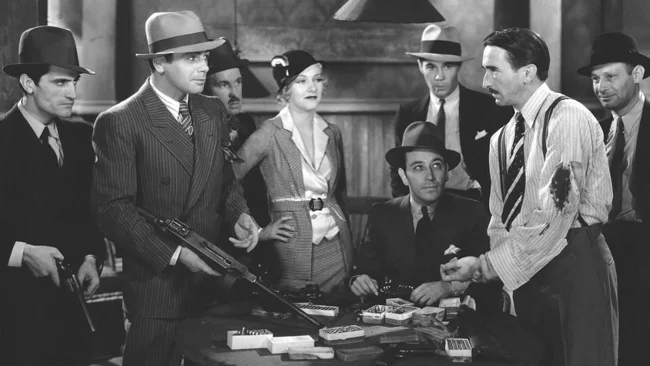
And if at first they were tough mafiosi with an unshakable core inside, now they are the same people. With problems, failures, and some kind of human essence that everyone understands. 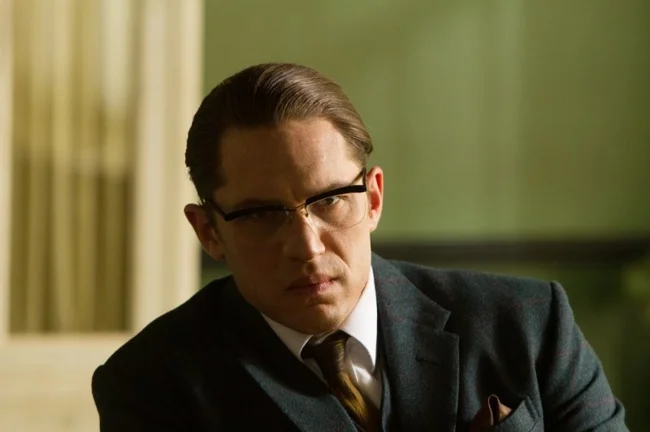
Crime drama attracts people not only because this world is inaccessible to most (and thank God). Viewers also watch these films for the reason that antiheroes are brave, challenge the system and are ready to break its laws.
These are some kind of representatives of predatory capitalism, when the hero will sell his soul for money. And of course, this is a call for justice: yes, these people were fabulously rich. But in the end, most of them instantly lose everything. 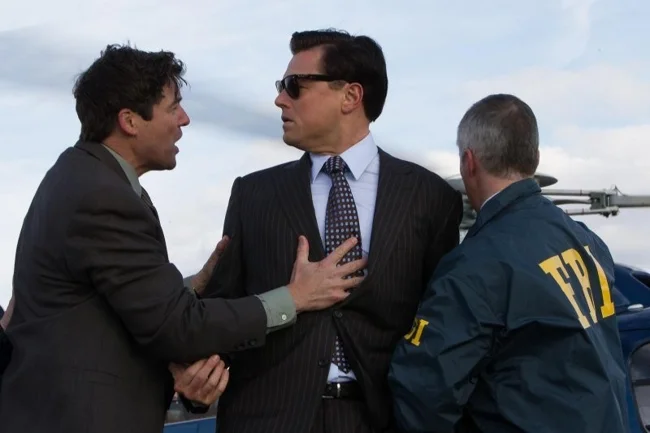
Cowboys
These heroes were attractive because they were models of masculinity. Initially, Westerns appeared in Hollywood long before Clint Eastwood, and had highly moral values. 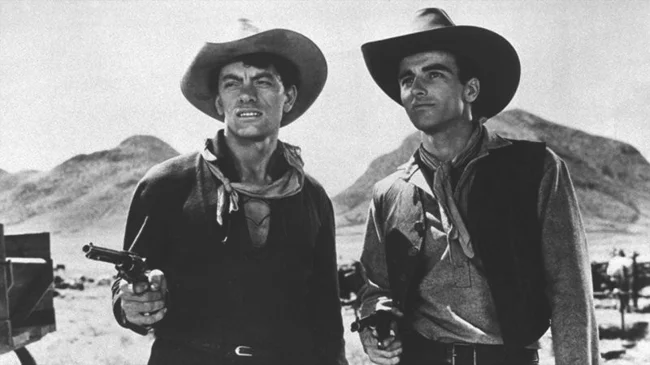
And Westerns are a genre that has itself changed quite well over the past 80 years since its inception. The Western experienced both decline and a new wave of popularity, and eventually became a cult genre.
There were also cheap spaghetti westerns, where the cowboy follows an almost samurai code: there is no goal, only the path. Like, for example, the hero of the famous trilogy, embodied by Eastwood. 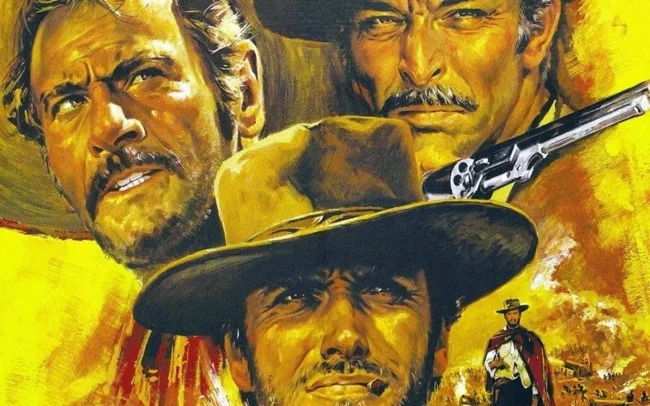
Now, in general, Westerns also have their place in the sun. True, the heroes in them are also still allowed a lot, but this is still a modern interpretation, where there are no positive heroes. 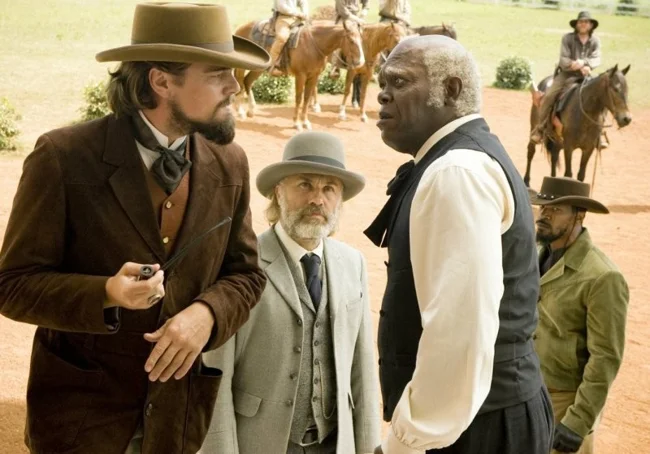
The headliner of the genre is Quentin Tarantino. To one degree or another, all of his heroes are cowboys. Even in Once Upon a Time in Hollywood, he seems to show us two Westerns in one: where one hero experiences many traumas, breaks down and ultimately changes (like in a classic American Western), and his companion simply does what needs to be done. Because, in principle, nothing holds him back. He gets paid - he works. This combination kind of makes you wonder: are you watching a spaghetti western (a cheap movie made somewhere in Italy) or a classic cowboy drama? 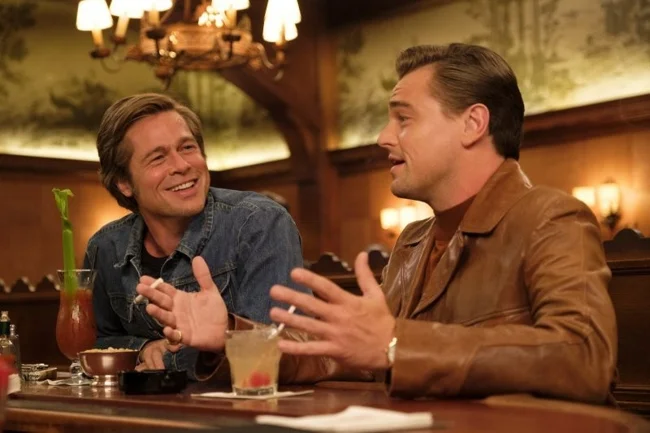
Samurai
Since the invasion of the United States by Japanese culture in the 1950s, this archetype has been firmly integrated into American culture. Unusual landscapes, different cultures and other features made these films especially watchable. A striking example is Akira Kurosawa’s film “Seven Samurai”. 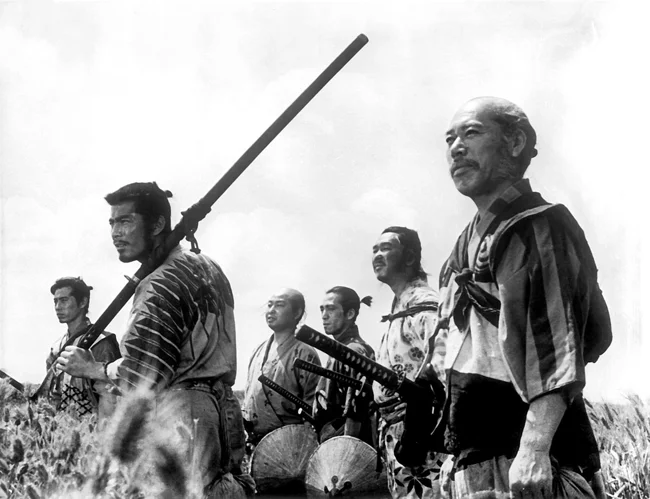
On top of everything else, this hero brings justice. In some ways he even looks like a cowboy, so beloved by the audience.
And of course, this archetype migrated to Hollywood cinema. A striking example is the hero of Keanu Reeves in “47 Ronin”. 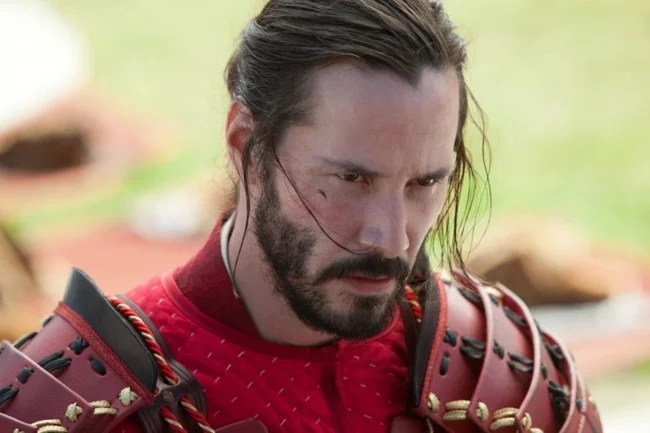
Spy
This genre originated in Britain. It was there that Bond was born. And the reason was the Cold War and the many intelligence agents scattered around the world. Here and there gentlemen in suits appeared, adored not only by women, but by all spectators at once. 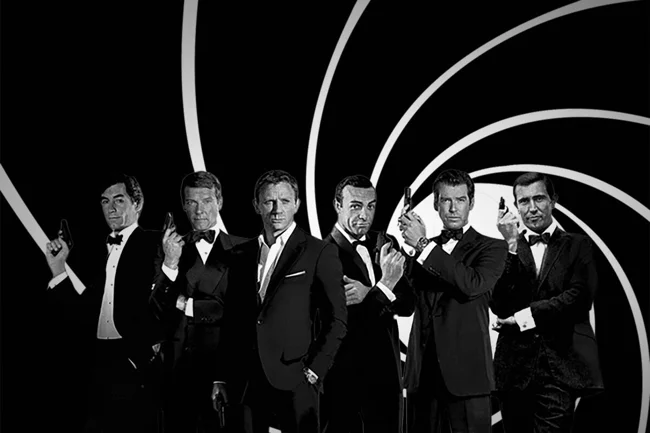
These heroes appear in many countries for the good of the country and carry out the tasks of their government with constant love of life, humor and dedication.
True, they do change over time. Now they are wondering: are their leaders in suits right? 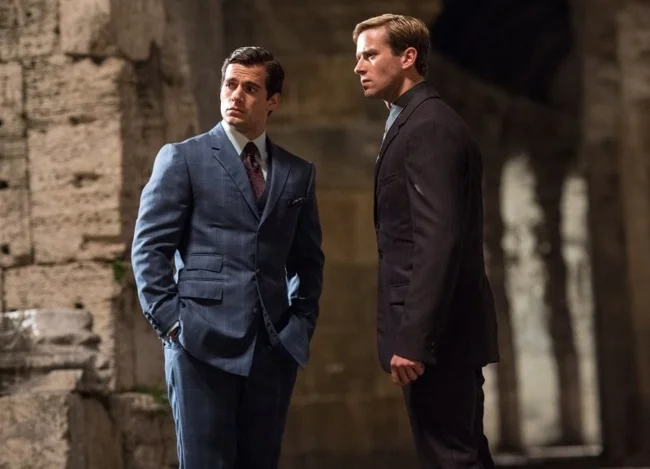
The latest example of spy action not produced in Britain was Nolan's Tenet. Here the hero experiences shocks, learns something new for himself and, as a result... He himself founds his own organization. Bond never dreamed of anything like this. 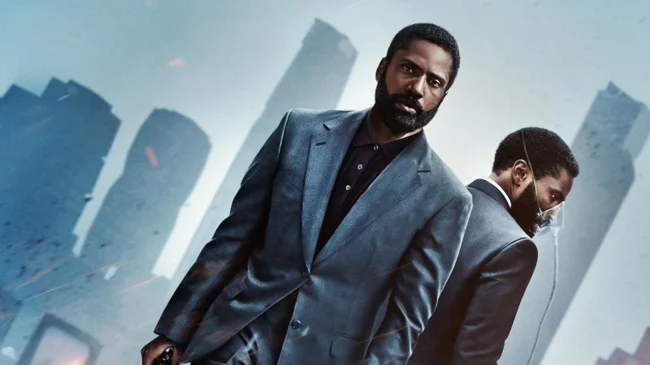
Last Man Standing
This is the heroine of classic horror films. This girl basically survives in the most difficult situations, when others find themselves “punished” by a maniac. 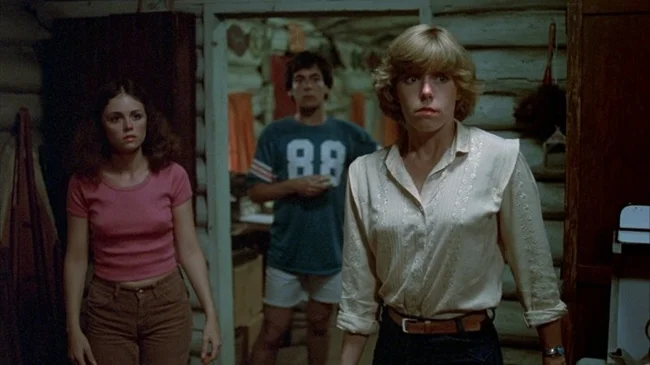
And all because this heroine is pure at heart. She is a kind of moral guide. All the other characters have sex, drink alcohol, and are unfaithful to their partners. But this girl remains innocent, and that’s why she survives. 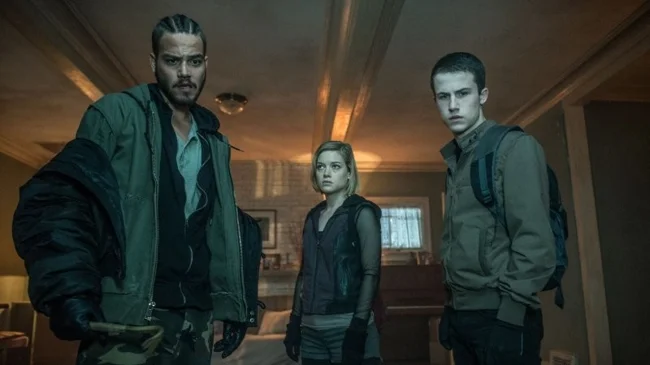
The heroine of the cult “The Shining” can be considered an atypical example of a survivor. She is a mother, faithful to her husband and ready to endure a lot for him. She forgave his drunkenness, tolerates his aspirations and even goes to hell just so he can work. And she started smoking, basically, because of him. It's no wonder she survives after he sold his soul. 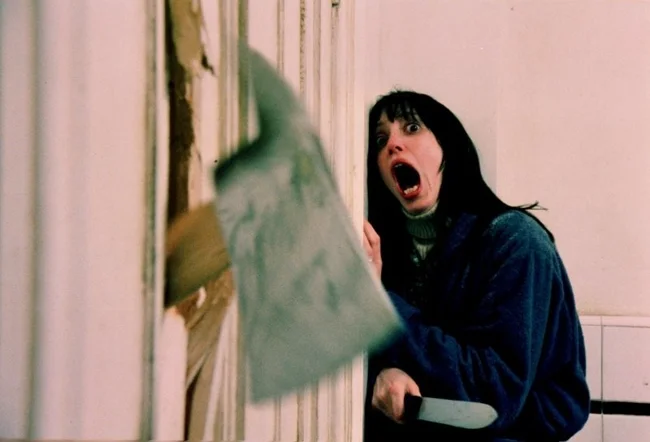
Maniac
This guy also came to us from horror films. There, a ruthless killer stalks his victims and invariably emerges victorious.
And all because for most filmmakers, the prototype was Charlie Manson, who coldly dealt with innocent people (not himself, through the hands of others). And in principle, that time was turbulent for America: many killers were walking around here and there in search of victims. 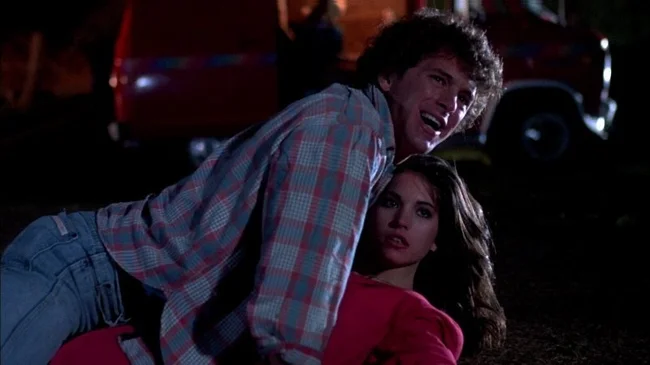
But over time, the story took a turn. Now the directors are showing the other side: how did the killer become like this? What led him to this and why did he take the slippery slope? 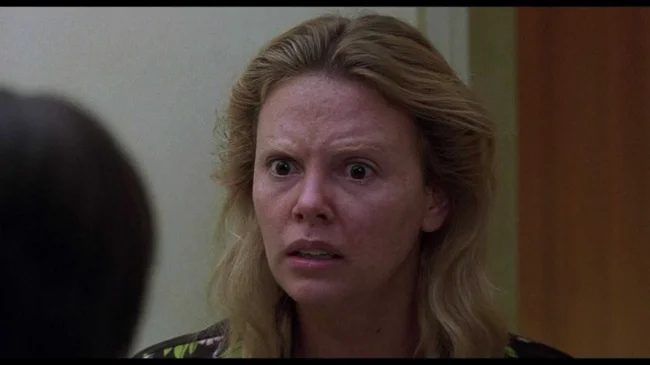
Superhero
People have always wanted to have something more than just the ability to walk, think and talk. And that’s why these crime fighters appeared who can survive seemingly anything. 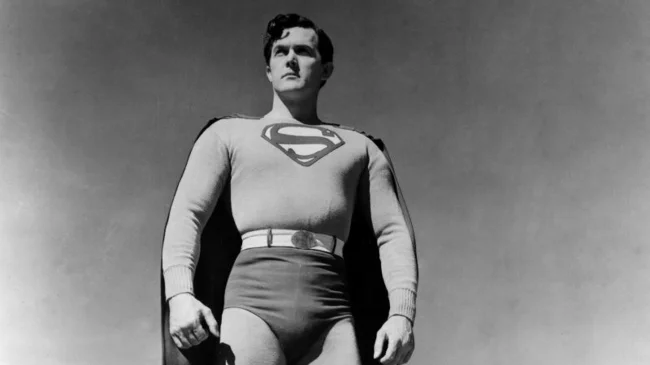
Originally comic book heroes, over time they penetrated into popular culture as densely as possible. 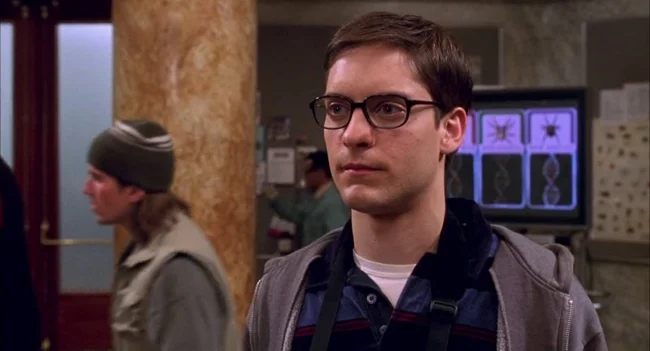
As a result, these heroes also experienced their own evolution: are they always heroes? And are they right to follow their own moral convictions? After all, they are people too and they tend to make mistakes. 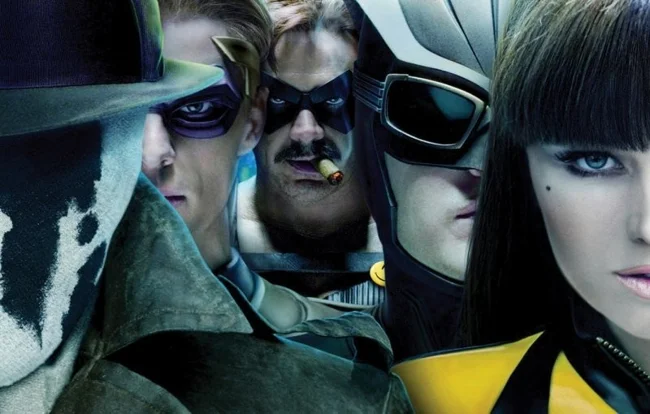
The anti-heroes that have recently filled cinemas are also indicative here. The same “Joker” with Joaquin Phoenix shows us that, in fact, the main villain of all times was not always like this. And he follows his own moral guidelines. 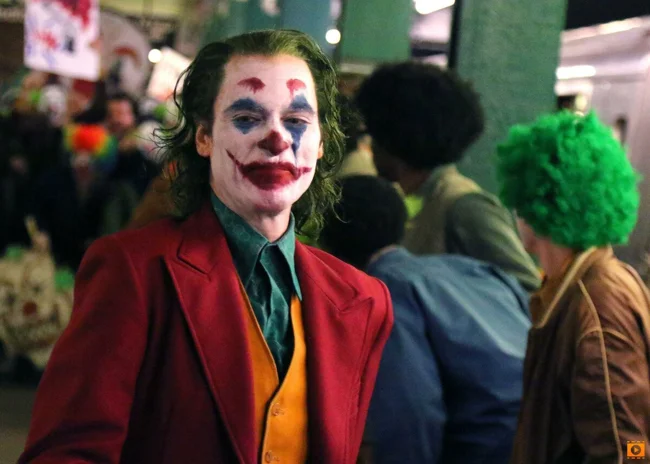
In any case, there are many heroes, and over time they all become something like archetypes. Here and there we see heroes, anti-heroes, vamp women, cowboys, and samurai. The difference is that they all ultimately undergo their own evolution to follow the laws of time.

